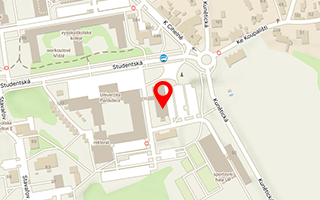Publikace detail
Structure and development of the ethmoidal part of the skull in Anura, and its ancestral pattern in Temnospondyli
Autoři:
Královec Karel | Roček Zbyněk
Rok: 2004
Druh publikace: článek v odborném periodiku
Název zdroje: Journal of Morphology
Název nakladatele: Wiley-Blackwell
Strana od-do: 305
